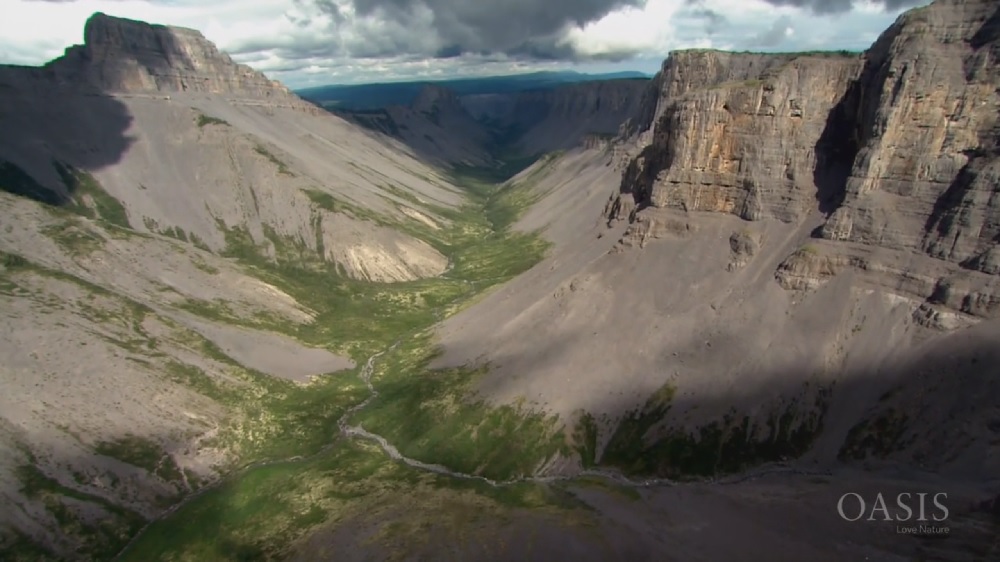A Park for All Seasons from Above episode 3 – Northwest Territories: Get a bird’s-eye view of the world’s most stunning National and Provincial Parks of Canada by soaring high above arctic tundra, through towering mountain ranges, and pristine forests. From up in the air see nature’s beauty from a whole new perspective.
A Park for All Seasons from Above episode 3 – Northwest Territories
The Northwest Territories is a federal territory of Canada. At a land area of approximately 1,144,000 km2 and a 2016 census population of 41,786, it is the second-largest and the most populous of the three territories in Northern Canada. Its estimated population as of 2018 is 44,445. Yellowknife became the territorial capital in 1967, following recommendations by the Carrothers Commission.
The Northwest Territories, a portion of the old North-Western Territory, entered the Canadian Confederation on July 15, 1870, but the current borders were formed on April 1, 1999, when the territory was subdivided to create Nunavut to the east, via the Nunavut Act and the Nunavut Land Claims Agreement. While Nunavut is mostly Arctic tundra, the Northwest Territories has a slightly warmer climate and is both boreal forest (taiga), and tundra, and its most northern regions form part of the Canadian Arctic Archipelago.
The Northwest Territories is bordered by Canada’s two other territories, Nunavut to the east and Yukon to the west, and by the provinces of British Columbia, Alberta, and Saskatchewan to the south.
Nahanni National Park Reserve
Nahanni National Park Reserve in the Dehcho Region of the Northwest Territories, Canada, approximately 500 km west of Yellowknife, protects a portion of the Mackenzie Mountains Natural Region. The centrepiece of the park is the South Nahanni River (Naha Dehé). Four noteworthy canyons reaching 1,000 m in depth, called First, Second, Third and Fourth Canyon, line this spectacular whitewater river. The name Nahanni comes from the indigenous Dene language name for the area; Nahʔa Dehé, which means “river of the land of the Nahʔa people”, who some now speculate may have been the ancestors of the modern day Navajo people.




